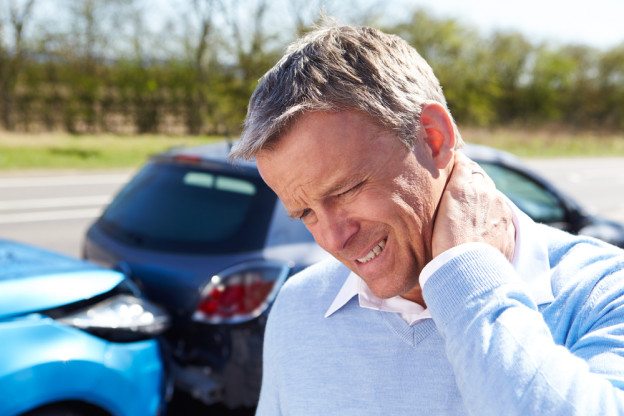If you have been injured in a New York car accident, the amount of compensation you can expect to receive will come down to one word: negligence. Basically, negligence refers to someone acting in a careless manner and causing injury to another person. While it seems so simple, it’s much more complicated in the eyes of the law.
New York Negligence Laws
Negligence laws vary from state to state. New York governs under pure comparative negligence. This means that even if you contributed to the accident, you can still recover compensation for damages. Even if you are 90 percent at fault (and therefore more at fault than the defendant), you can still recover compensation for the 10 percent in which you are not at fault. For example, if you are awarded $100,000, but contributed 50 percent to the accident, your actual award could be $50,000.
How the Victim Can Be Negligent
If the defendant crashes into the victim’s car and causes injuries, it is possible that the victim could have been at fault in some way? Yes, but the defendant must be able to show that the victim’s actions contributed to the accident. It’s not enough to prove that the victim’s actions made the injuries worse.
Every person who uses the roadways—motorists, pedestrians and even car passengers—has a duty to protect themselves as well as others. Any action that can jeopardize their own safety or the safety of others is considered negligent. So what actions can constitute negligence on behalf of the victim?
If the victim was driving illegally at the time of the accident—for example, driving without a license, speeding or running red lights or stop signs—then it could be proven that he or she was acting in a negligent manner and possibly contributed to the accident. Driving aggressively can also contribute to accidents. For example, a victim who causes an accident by tailgating could be held liable to some degree, especially since rear-end accidents are almost always caused by the tailing driver. Driving too slow can also lead to accidents, especially in busy areas where one driver can affect traffic flow.
Can Non-Drivers Be Deemed Negligent Too?
A pedestrian can also be negligent for his or her injuries. If the pedestrian darted out in front of traffic or made other unexpected movements, then it could be proven that he or she contributed to the accident and subsequent injuries.
Even passengers in cars are responsible for their own safety. If they choose to ride with a driver who is intoxicated or sleepy, impede the driver’s actions or know that the car is defective but choose to ride in the car anyway, they can be considered negligent.
Get Legal Help from a Local Auto Accident Attorney
A car accident can cause serious injuries. If you are considered even partially at fault for your injuries, your compensation could be reduced. Protect your rights and hold onto the compensation you deserve. Call the Law Office of Jeffrey K. Kestenbaum at (718) 237-5586 to set up a consultation with an experienced Brooklyn car accident lawyer.







